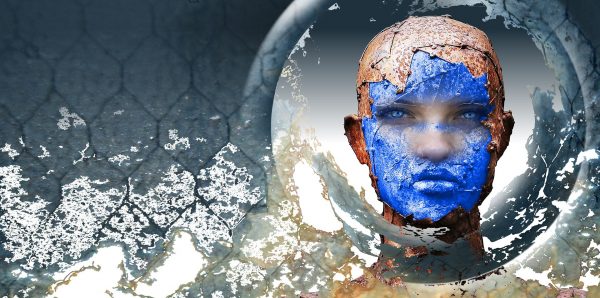Einsteigerguide: Was sind Morphs?
Der Begriff Morph hat je nach Kontext unterschiedliche Bedeutungen. Im Computerbereich wird es verwendet, um sich auf eine Bild-Transformation durch Computeranimation zu beziehen. Im Allgemeinen wird das Wort verwendet, um jede Transformation oder Veränderung von einer Form zur anderen zu bezeichnen.

Das Wort Morph stammt vom griechischen Begriff „Metamorphose“ ab, was soviel bedeutet wie transformieren. Heute wird es am häufigsten verwendet, um die Animationstechniken zu bezeichnen, die es Animatoren ermöglichen, eine Form in eine andere zu verwandeln. Morphing bezieht sich auf die sanfte Transformation von Bildern auf dem Bildschirm. So kann beispielsweise ein Kaninchen in einen Drachen verwandelt oder Simulationen von Maschinen können flüssig dargestellt werden. Es kann auch verwendet werden, um zwei oder mehr Bilder zu einem neuen Bild zusammenzufügen.
Morphing wird im Wesentlichen verwendet, um Spezialeffekte in Filmen und Animationen hinzuzufügen. Es wird auch häufig in Spielen und bei der interaktiven Gestaltung von Benutzeroberflächen verwendet.
Das Morphing erfolgt in der Regel durch die Kopplung von Image Warping mit Farbinterpolation. Der Übergang von einem Quellbild zum Zielbild erfolgt nahtlos und der Übergang erscheint während der Betrachtung fließend. Morphing-Techniken werden in der Regel in zwei Arten eingeteilt, je nachdem, wie die Merkmale in den Bildern spezifiziert sind:
- Meshbasierte Methoden – Features werden mit Hilfe eines uneinheitlichen Meshes spezifiziert.
- Featurebasierte Methoden – Merkmale werden als Liniensegmente oder als eine Menge von Punkten angegeben. Featurebasierte Techniken sind in der Regel beliebter.
Morph Target Animation ist eine spezielle Technik, welche Skelettanimation verwendet, um Pervertex-Animation, Forminterpolation und Blending von Shapes durchzuführen.
Einige der frühen Morphing-Systeme sind Gryphon Morph aus dem Macintosh, ImageMaster, MorphPlus und CineMorph.
Morphing-Effekte haben sich seit ihrer frühen Anwendung stark verbessert und sind eher darauf ausgerichtet, weniger offensichtliche Effekte zu erzeugen, die realistischer erscheinen.
Vielen Dank für ihren Besuch.


